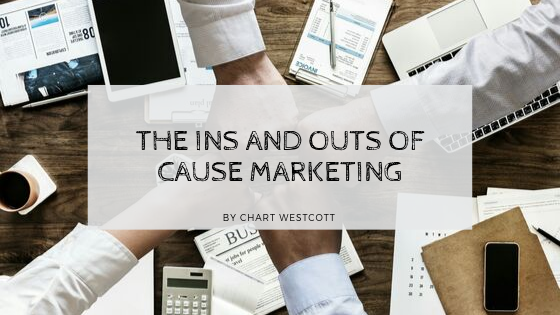Cause marketing is one way that corporations demonstrated their social conscience. With cause marketing, companies can let the public know that they have a commitment to the wider world, not just their own profits. In recent years, consumers have shown a real affinity for cause marketing. This type of promotion is also popular with employees, who want to feel like they’re working for a good business that makes a difference. Because of its popularity, this is a type of arrangement that has only been growing with time.
So, it’s clear that cause marketing has a lot of great benefits. There are potential drawbacks, though. Businesses should be careful about which organizations they partner with. Generally, with cause marketing, everyone wins. In some cases, however, there have been lawsuits related to corporate partnerships with charities. One recent example is the campaign by Harris Originals and Operation Troop Aid. The charity, Operation Troop Aid, was forced to settle with 16 states after it was discovered they had misled the public and misused funds. Though the jewelry store wasn’t found to be at fault, the negative publicity didn’t help them.
Legal problems can also arise depending on the structure of the cause marketing promotion that a company enters into. Legal experts advise being extremely transparent about how these partnerships work. For example, if a product purchase triggers a donation to a charity, customers must know what the amount of the donation is. This can be expressed as a dollars-and-cents figure or as a percentage of the total sale price. Words like “proceeds” aren’t specific enough to meet this requirement. It’s also important to list the starting and ending date for the promotion.
The structure of a cause marketing promotion is important. Most businesses want to avoid a situation where their campaign could be viewed as a commercial co-venture. That’s not because they distrust the charity; rather, it’s because CCVs require paperwork such as registration, contract filing, and even reports. It all depends on state law. It’s wise to have a lawyer experienced with these types of partnerships take a look at any plans before finalizing.
States including New York also provide best practices guidelines when it comes to cause marketing. This helps to eliminate misunderstandings for all parties involved. With any joint work between a company and a non-profit organization or philanthropic agenda, understanding the laws and guidelines involved is always a top strategy for success.
